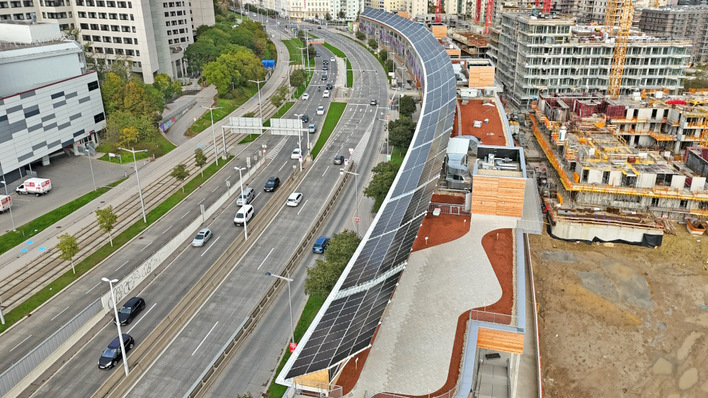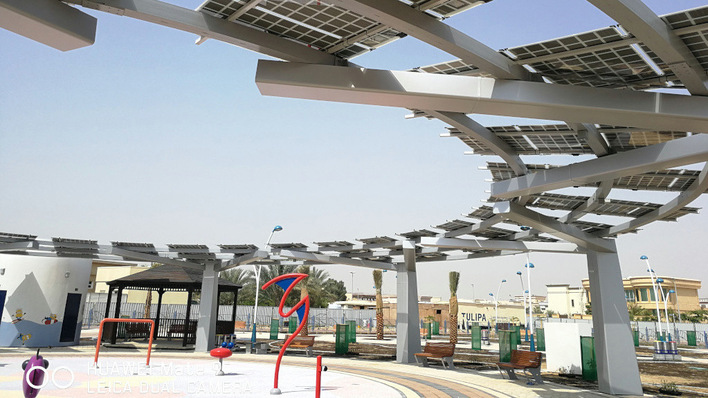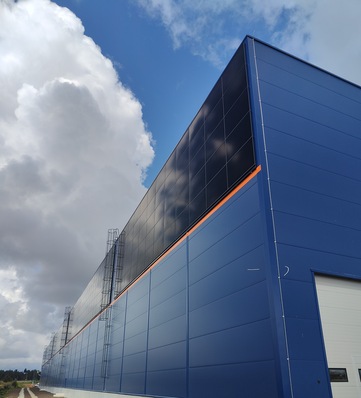The facades of buildings offer huge potential for the installation of photovoltaic power. However, this potential has so far remained largely untapped. "While almost any roof can be equipped with photovoltaics with relatively little effort, conventional photovoltaic modules are generally unsuitable for facades. They can only be integrated with a disproportionate amount of technical and financial effort," says Christian Luft, an expert in energy management at the consultancy firm Drees & Sommer, explaining the reluctance. "We currently lack the standardised planning tools to install photovoltaics on facades both technically and economically."
Combining solutions
The current solutions are mostly customised. Standardised solutions are hard to find. Drees & Sommer wants to change this together with Fraunhofer ISE and various industrial companies.
See also: Urban PV makes cities liveable in the future
In the joint research project Solar Envelope Centre, they are working on a solution for implementing solar systems on building envelopes in a technically simple, quick and cost-effective way. The results should be available next year. However, the plan is to publish partial results of the research as a VDI guideline in order to promote widespread application.
The standardised solution is not only intended to simplify the application of solar energy in facades. Rather, it should be combinable according to project requirements, as Helen Rose Wilson, project manager at Fraunhofer ISE, describes the aims of the research project.
Utilising facades
The solution is based on experience from projects that have already been realised, such as the Freiburg Town Hall and the OWP 12 office building in Stuttgart, the headquarters of Drees & Sommer.
Also interesting: Developing a tandem solar module with over 25 per cent efficiency
There, the solar modules supply more electricity on balance than is consumed in the building. However, the building only becomes a plus-energy building by utilising the south and west facades for photovoltaics. These alone produce enough electricity to cover a third of the building's needs.
High demands on sound insulation and thermal insulation
A total yield of around 70 megawatt hours per year is generated on just under 700 square metres of facade surface. Thanks to the innovative facade construction, which meets very high requirements for sound insulation and thermal insulation, the facade in combination with the solar elements is only 210 millimetres thick. The integrated photovoltaic elements are also a very aesthetically pleasing solution. (su/mfo)








